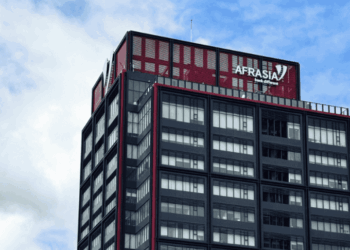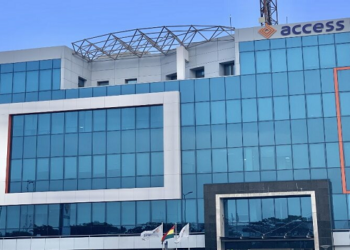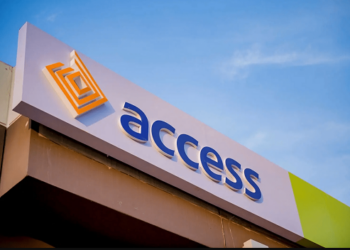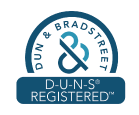Nigerian Banks have been releasing their 2015 9 Months earnings and by all indications the numbers have been quite impressive. Not only are banks posting impressing Net Interest income growth on a year and year basis, they are also posting double figure profitability growth.
This is against the backdrop of companies in the consumer goods sector, oil and gas, industrial’s etc. posting top line and bottom line decline in growth. For banks one can look at their income from commission and fees, foreign exchange gain and other incremental income as a major profitability driver. However, one thing is quite clear! Just as banks are posting double-digit growth in profits they are also posting double-digit growth in loan loss charges (impairments).
Impairment Charges So far
A review of the impairment charge from the top 5 Nigerian banks reveals they have taken in a combined N81.8 billion in impairment charge for the first nine months of the year. This figure is already up 142% from a year earlier.
Table: Tier 1 Bank Impairment
| 2015 9 Months | 2014 9 Months | %age Change | |
| Access | 11,551 | 6,959 | 66% |
| UBA | 5,395 | 2,347 | 130% |
| GTB | 8,516 | 6,287 | 35% |
| Zenith | 9,725 | 4,882 | 99% |
| FBNH | 46,638 | 13,364 | 249% |
| Total | 81,825 | 33,839 | 142% |
FBNH tops the list with about N46.6 billion representing a 249% rise in impairment charge year on year. In fact, their impairment charge alone accounts for about half of what the Tier 1 banks incurred combined. UBA and Zenith also saw impairments rise 103% and 99% respectively. Apart from Tier 1 banks we also observed that some Tier 2 banks equally recorded significant growth in impairment charges. Ecobank for example took a charge of N34.6 billion (2014: N23.4b) whilst Diamond Bank took a charge of N19.4 billion (2014: N14.6billion and Skye Bank N6.4 billion (2014: N7.5billion).
Bad bad loans
Industry sources inform Nairametrics that the loans could actually be higher than currently stated as most banks are yet to understand the full recoverable value of their loans. For example, some of the loans given to Oil and Gas companies are not being adequately serviced with many falling behind on loan repayment obligations. Some Banks may also have been creative by restructuring those loans into longer term loans thus deferring the evil day.
The results of other non-financial institutions also buttresses this view. Cash balances of most consumer goods and oil and gas companies are wearing thin, with many of them running on overdrafts to stay liquid.
The final quarter for most banks are typically telling, because it is after then that they conduct full audit of their accounts. Auditors often take a conservative approach towards credit assessments and may force the banks to provision for more bad loans. If this occurs, then we may be looking at one of the highest growth in impairments for Nigerian banks in over a decade.

![[HOSTAGE] Nigerian Banks Have Idle $5billion They Can’t Sell](https://nairametrics.com/wp-content/uploads/2015/08/Nigerian-Banks-Nairametrics.png)



















